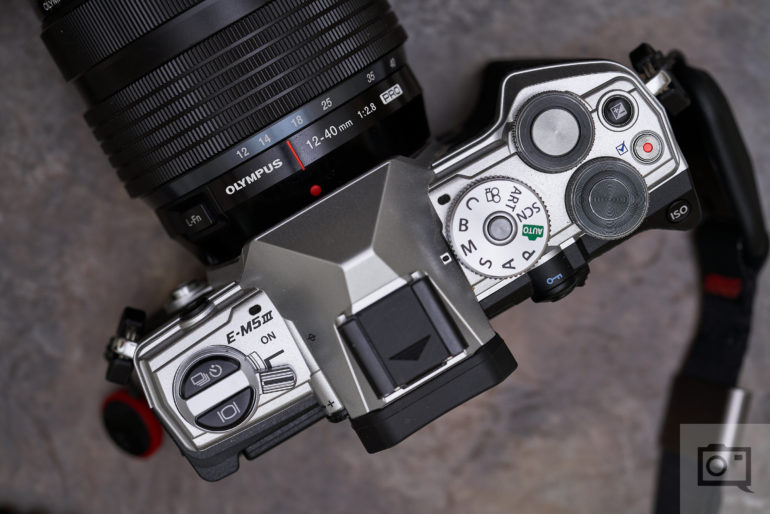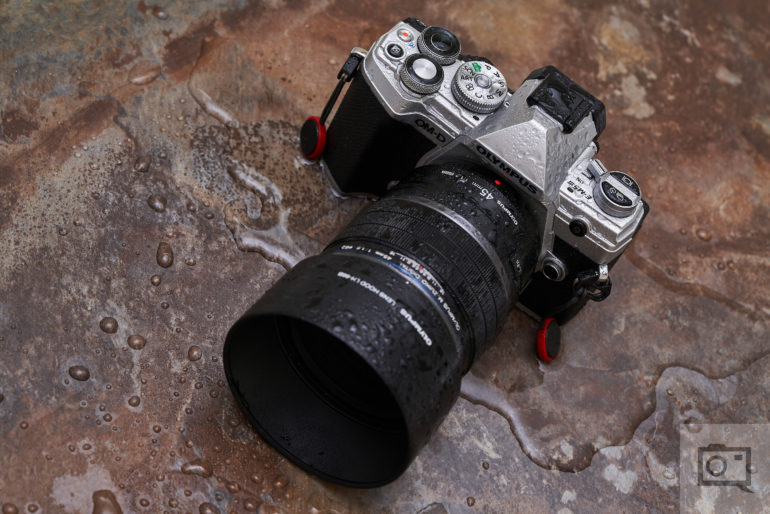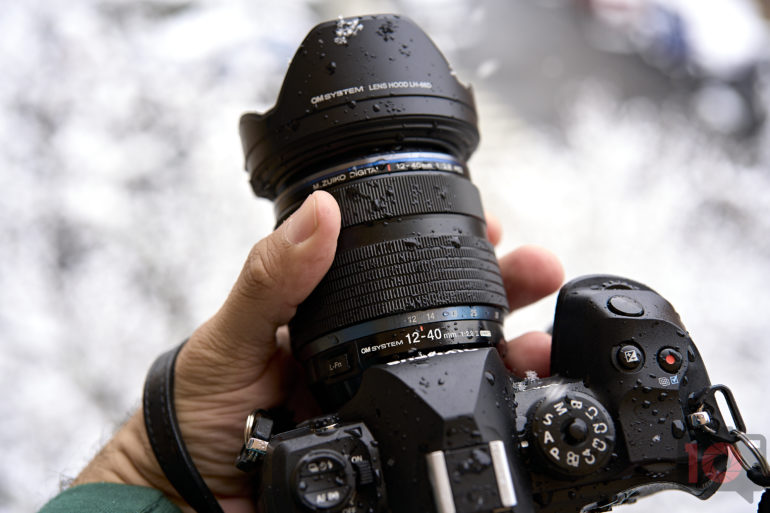The OM System OM1 broke away from the Olympus name to deliver a list of innovative features in a small package. That list, which includes quad pixel autofocus, IP53 rated weather-sealing, and 50 fps speed, may be exactly what the Micro Four Thirds system needs to remain relevant in an industry now teaming with full frame bodies. But if the OM1 is the company’s flagship, what’s next for the former-Olympus mid-range bodies?
We hate banner ads too. Download our app for iOS, iPad, and Android and get no banner ads for $24.99/year.
Early reports suggest that an OM5 is coming in the fall. These reports call for the OM5 to have the same sensor and battery as the OM1, but with a 15 fps burst speed. OM Digital Solutions (OMDS) has not commented on those reports and, as such, those details remain speculation. But, if I could pick and choose what a successor to the Olympus E-M5 Mark III looks like, there are a handful of features I would love to see: a mix of OM1 and E-M5 Mark III features in a smaller, more affordable body.
The Same Retro Look, with a Few Key Improvements

The E-M5 Mark II was a really great-looking camera. more so than the Mk III. It would be a shame if OM System did away with the retro styling. While I’m hoping to still see those classic dials and a silver color option, the camera needs a joystick. Using single-point autofocus mode without one is irritating, and as a mid-line option, it really needs one. While I’m expecting a compact body, a second SD card slot and a touchscreen would also be a great addition.
IP Rated Weather Resistance

I’ve come to expect pretty rugged durability from Olympus cameras. But, the OM System takes this a bit further by putting an IP rating on it: basically, telling us just how much water and dust the camera is expected to withstand. This is great because “weather-sealing” means different things to different manufacturers. To some, that just means the lens mount is sealed. I hope OM System continues to IP rate all their cameras.
The Autofocus Smarts of the OM1
With a 15 fps burst speed, the autofocus on the OM5 wouldn’t need to be as fast — but I’m hoping it’s at least as smart. The OM1 has pretty good eye AF for people. For birds on a branch, it does pretty well too. While I would be surprised if the autofocus system was smarter than the likely pricier OM1, the scene and animal detection could still see some improvements. It’s not quite as good as Canon and Sony’s, and tracking birds in flight can be a struggle. Still, Micro Four Thirds lenses have a 2x crop factor that’s great for wildlife photography. If OM System can keep up with autofocus smarts, it could be a big draw for wildlife.
Computational Photography

Panasonic made a mistake when they took Live Composite out of the GH6. I hope to find all of Olympus’ usual slew of smart photo modes intact, including Live Composite, Focus Stacking, and Handheld High Res. Making difficult photography easier is a big draw for the Micro Four Thirds system — that and the small bodies and 2x crop on those telephoto lenses. Computational photography sets Olympus apart — they need to keep it up.
What about the Processor?
The reports suggest the OM5 will have the same 20-megapixel sensor as the OM1. If the OM5 is a mid-line model, there will have to be sacrifices to keep the price low. I suspect one of those could be the processor. If the camera has the reported 15 fps speed, that suggests a processor that’s not as fast. The trouble is, the processor also influences noise at high ISOs. If the OM5 doesn’t have the TruePic X processor, image quality in low light won’t be quite as impressive. The E-M5 Mark III uses the VIII — hopefully, the OM5 uses at least the IX, the processor in the older Olympus E-M1.
For now, an OM5 is speculation — but the right mix of features could help Micro Four Thirds draw new users.


